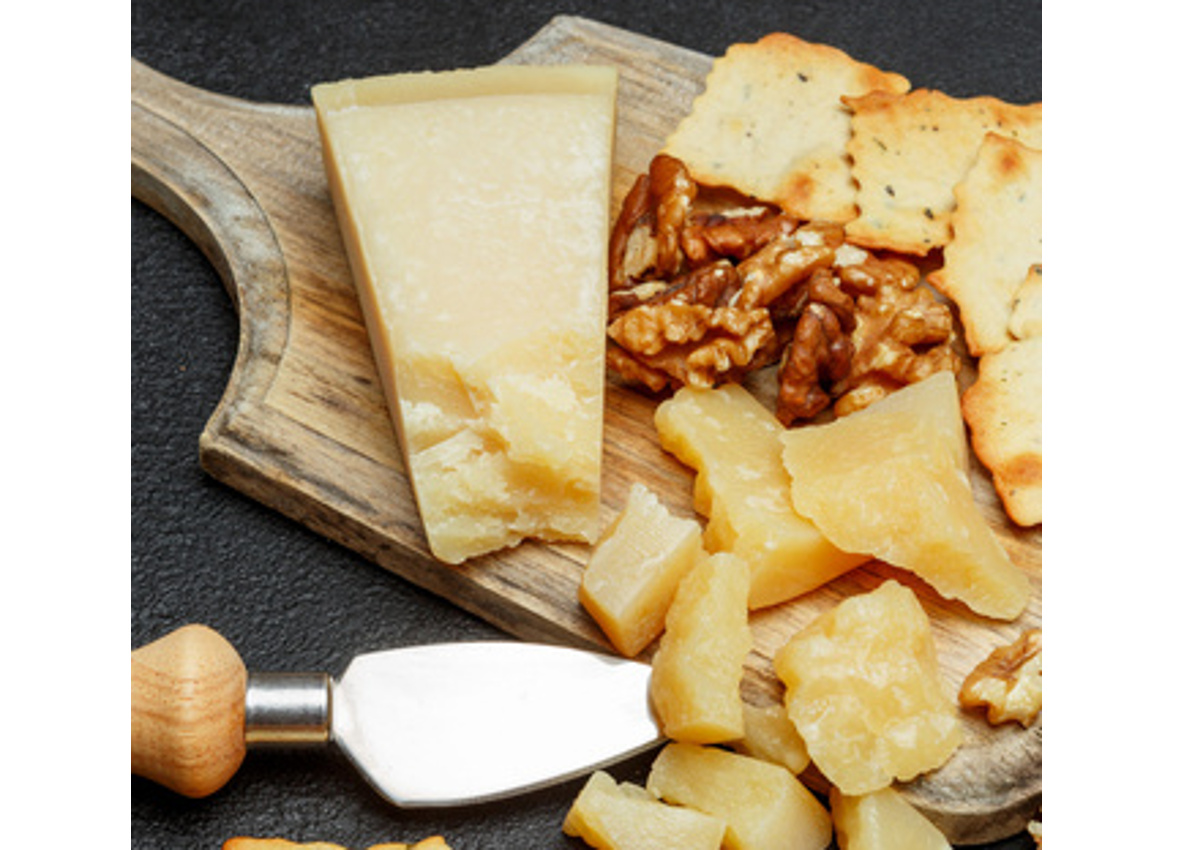Exports continue to drive the growth of Italian dairy product sales. In 2022, total exports of Italian cheeses exceeded 550,000 tons (up 6 percent from 2021), for a sales value close to 4.2 billion euros (up 19 percent). “We broke the 2021 record, which we thought was unrepeatable. This excellent result, moreover, was achieved in an incredibly unfavorable context involving producers and consumers all over the world”, comments Paolo Zanetti, President of the Italian dairy industry association Assolatte.
Discover authentic Italian PDO and PGI cheeses on the Italianfood.net platform
TOP DESTINATION MARKETS
Despite double-digit inflation, 2022 was a year of relentless export growth to many countries, both European and non-European. Spain (+19% in volume), which has become the third largest market in the EU area for Italian cheeses, France (+12%), the Netherlands (+14%), Poland (+17%), and Sweden stand out.
As for non-EU countries, on the other hand, Italian dairy exports by volume reached growth rates between +20% and +30% in Canada, Japan, China, and Saudi Arabia. With 120,000 tons, France is once again confirmed as the leading market for Italian cheeses.
And while the 28th Gulfood edition is underway at the Dubai World Trade Center, Assolatte highlights the good performance of Italian cheeses in Middle Eastern countries. United Arab Emirates (with 2,300 tons exported in 2022) and Saudi Arabia (1,700) have entered the new top 10 of non-EU export destinations.
PROTECTING GEOGRAPHICAL INDICATIONS
This success also owes much to the European Union’s trade agreements with non-EU countries, which provide for the recognition of Geographical Indications, tariff quotas, and the removal of tariff and non-duty barriers. It is no coincidence that countries such as Canada, Japan, and China have now become strategic markets for Italian exports.
“Enhancing the value of PDO and PGI products is also a strength vis-à-vis those understandings that, in other respects, raise concerns or fears”, says Zanetti. “Such as the agreement being ratified with New Zealand, a country with a domestic market too small to be attractive, but at the same time a major competitor of the EU in the production and export of milk and dairy products”.
New Zealand, Assolatte points out, is the world’s third largest exporter after the US and the European Union. Its production includes many “Italian and European sounding” kinds of cheese, exported in large quantities to Asian countries. “Therefore, there is a clear need for an agreement on the recognition of protected designations,” Assolatte states.

